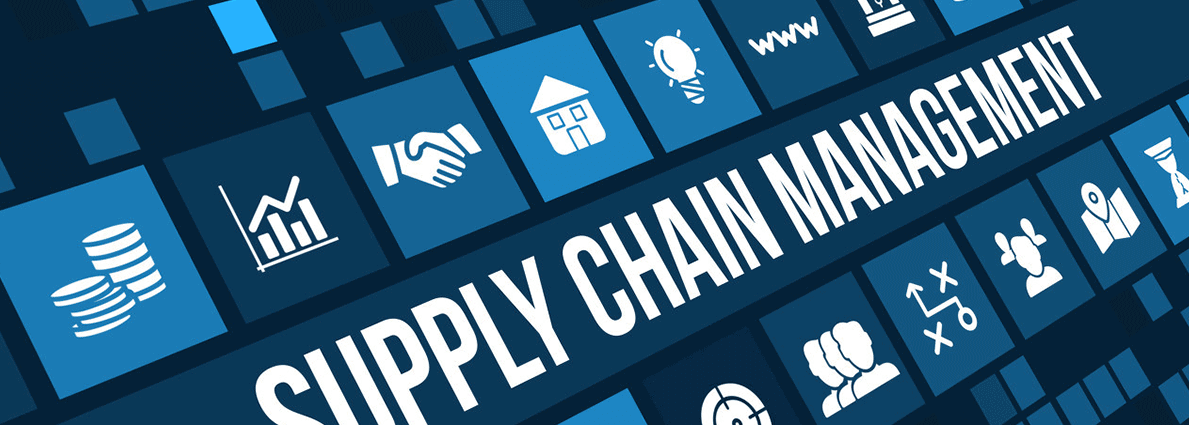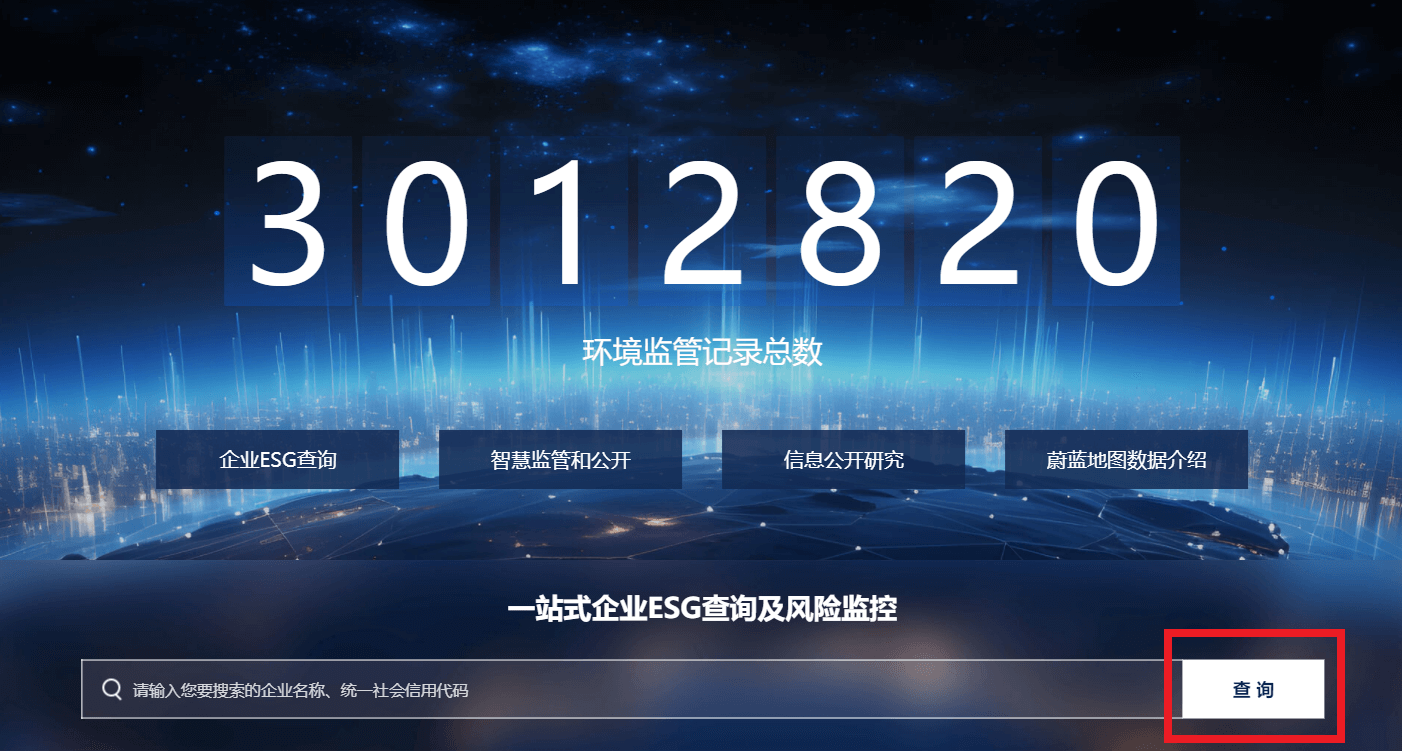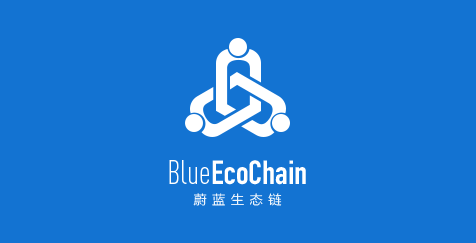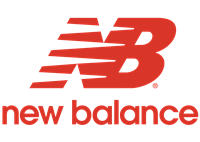- Maps
- Environment
- Climate/Energy
- Records
Regulation/Monitoring Environmental Supervision Records Rectification Orders Automated Monitoring Data Enterprise Feedback Carbon Data Emissions Data Key Monitoring Entities Monitoring DataManage Env. Credit by GOV Performance Grading by the Gov Exemplary List Exempted from Production Restrictions Production Suspension/Restriction Cleaner Production Audit Ecological and Environmental Inspection Key Energy Consumption Unit Key Water Consumption Unit Energy/Water Efficiency Leading Enterprises Annual Environmental Information Report
- Supply Chain
- Green Finance
- Public Participation
- Biodiversity
- Reports
- About IPE
Action Contact Us














